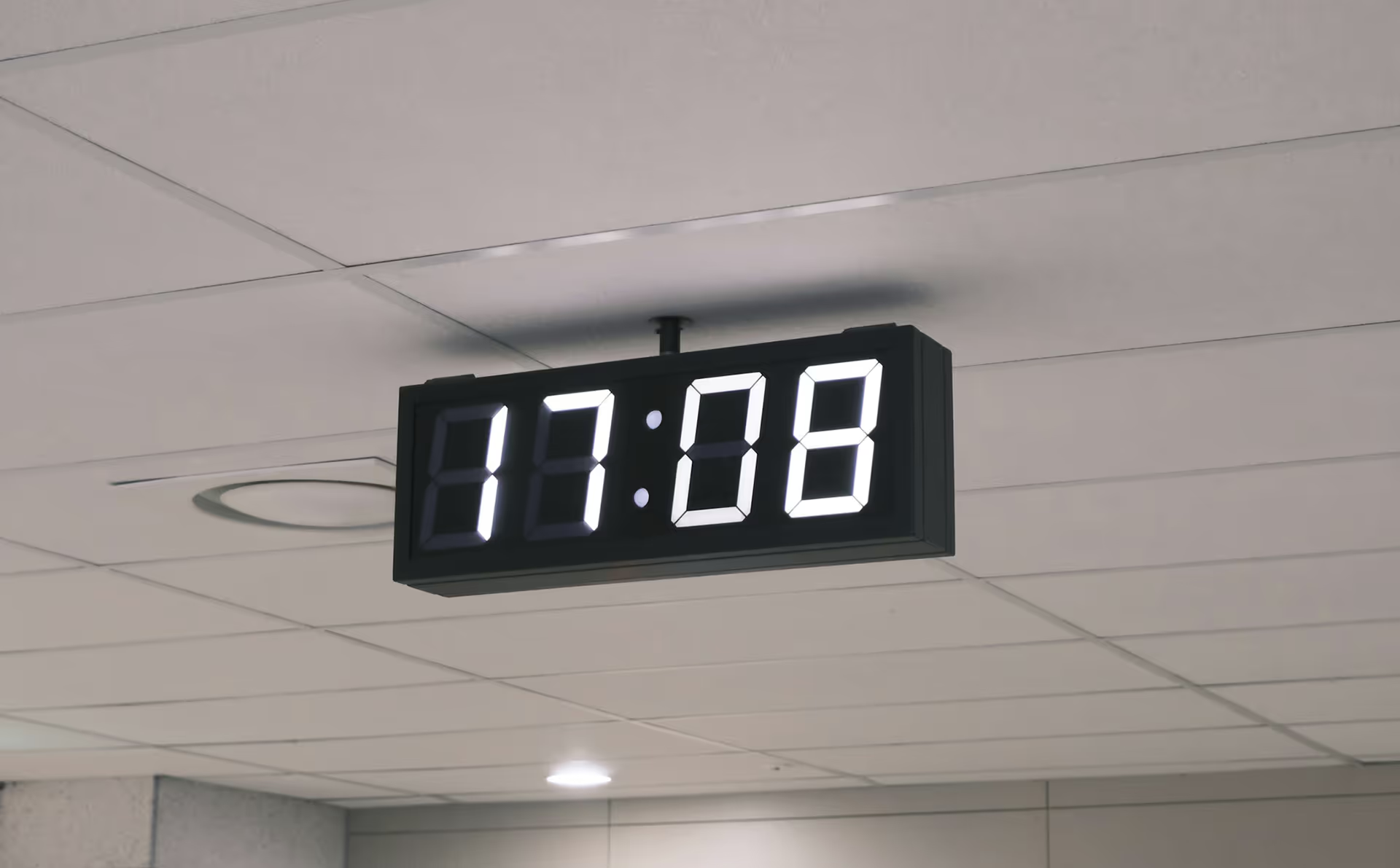Why I Switched to UTC and Never Looked Back

Time zones can turn a simple meeting into a mental puzzle, especially for travelers or remote workers juggling global schedules. Five years ago, Adam Arutyunov, a programmer at Timestripe, ditched local time for Coordinated Universal Time (UTC) across all his devices. His experiment, born from frustration with inconsistent time zones, offers a surprisingly simple way to streamline time management. Here’s Adam’s story of how living by UTC transformed his productivity, and why it might work for you, too.
My Five-Year Experiment with UTC
By Adam Arutyunov, Timestripe Programmer
Last Friday marked five years since I set all my devices to Coordinated Universal Time, UTC. It started with my passion for virtual aviation, where, like real aviation, everything runs on UTC to avoid confusion as planes cross time zones. As a programmer, I’ve always been annoyed by the concept of administrative time zones. They’re often set arbitrarily, for instance, there’s just a one-hour difference between Santiago de Compostela and Vorkuta, despite their vast distance. China, spanning at least three longitudinal zones, uses a single time zone. It’s messy.
Five years ago, I decided time zones should be abolished, and everyone should use one coordinated time. Why care if the sun rises at 8 or 21? I began with myself, setting all my devices to UTC. To my surprise, it was easy and intuitive to live this way. At first, my brain automatically converted UTC to Moscow time, my local context. But after a couple of weeks, something shifted.

Master Your Global Schedule
Take control of time zones and streamline your productivity with Timestripe
Get StartedIt’s hard to explain, but I’ll try. Time isn’t just numbers on a clock, it’s tied to a context, the time zone you’re referencing. When I see “15:00” on my device, it’s in the context of “my time, UTC.” If I see “18:00” on someone’s screen, it’s “Moscow time.” In my head, these are equivalent, like two labels for the same moment. There’s no mental conversion, no extra cognitive load. When I check the time, both UTC and local time pop into my mind instantly, as if they’re one.
Living by UTC is especially convenient for frequent travelers or remote workers. Your device’s time never shifts, no matter where you are. After an eight-hour flight, if you went to bed at 21:00 yesterday, you’ll do the same today. If you had a call at 13:00 yesterday, it’s still at 13:00 today. This consistency creates a sense of stability, like your time is the source of truth, unaffected by the world’s clocks.
Switching between time zones is effortless. One day you’re in a +3 context, the next in +7. In five years of travel, I’ve never miscalculated, missed a train, or confused local time, even when changing zones three times a week.
There are only two downsides:
- First, converting from 12-hour local time to 24-hour UTC can be tricky. If someone says, “Let’s meet at 3 in Moscow, ” I need a moment to realize that’s 12:00 UTC for my calendar.
- Second, I constantly explain why my phone shows “the wrong time.”
I love this experiment and plan to continue. It’s simplified my life and boosted my productivity. Give it a try, you might find it as liberating as I do.
Take Control of Your Time
With Timestripe, you can apply this clarity to your own life. Use Timeblocking to schedule tasks in UTC, Horizons to align daily plans with global goals, or Tags to track time zone contexts. Try setting one device to UTC for a week, or streamline your tasks with Timestripe’s tools. Start today, your time is yours to master.
More about Adam’s journey and experiences here: adam.ci.
Read next



